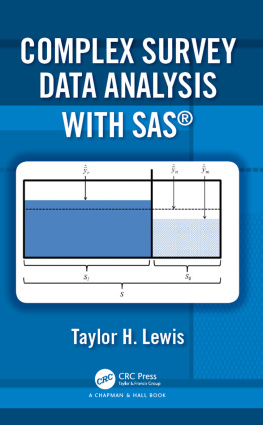Alexander Gray - Statistics, data mining, and machine learning in astronomy : a practical Python guide for the analysis of survey data
Here you can read online Alexander Gray - Statistics, data mining, and machine learning in astronomy : a practical Python guide for the analysis of survey data full text of the book (entire story) in english for free. Download pdf and epub, get meaning, cover and reviews about this ebook. year: 2020, publisher: Princeton University Press, genre: Home and family. Description of the work, (preface) as well as reviews are available. Best literature library LitArk.com created for fans of good reading and offers a wide selection of genres:
Romance novel
Science fiction
Adventure
Detective
Science
History
Home and family
Prose
Art
Politics
Computer
Non-fiction
Religion
Business
Children
Humor
Choose a favorite category and find really read worthwhile books. Enjoy immersion in the world of imagination, feel the emotions of the characters or learn something new for yourself, make an fascinating discovery.
- Book:Statistics, data mining, and machine learning in astronomy : a practical Python guide for the analysis of survey data
- Author:
- Publisher:Princeton University Press
- Genre:
- Year:2020
- Rating:4 / 5
- Favourites:Add to favourites
- Your mark:
Statistics, data mining, and machine learning in astronomy : a practical Python guide for the analysis of survey data: summary, description and annotation
We offer to read an annotation, description, summary or preface (depends on what the author of the book "Statistics, data mining, and machine learning in astronomy : a practical Python guide for the analysis of survey data" wrote himself). If you haven't found the necessary information about the book — write in the comments, we will try to find it.
Abstract: As telescopes, detectors, and computers grow ever more powerful, the volume of data at the disposal of astronomers and astrophysicists will enter the petabyte domain, providing accurate measurements for billions of celestial objects. This book provides a comprehensive and accessible introduction to the cutting-edge statistical methods needed to efficiently analyze complex data sets from astronomical surveys such as the Panoramic Survey Telescope and Rapid Response System, the Dark Energy Survey, and the upcoming Large Synoptic Survey Telescope. It serves as a practical handbook for graduate students and advanced undergraduates in physics and astronomy, and as an indispensable reference for researchers. The updates in this new edition will include fixing code rot, correcting errata, and adding some new sections. In particular, the new sections include new material on deep learning methods, hierarchical Bayes modeling, and approximate Bayesian computation. Statistics, Data Mining, and Machine Learning in Astronomy presents a wealth of practical analysis problems, evaluates techniques for solving them, and explains how to use various approaches for different types and sizes of data sets. For all applications described in the book, Python code and example data sets are provided. The supporting data sets have been carefully selected from contemporary astronomical surveys (for example, the Sloan Digital Sky Survey) and are easy to download and use. The accompanying Python code is publicly available, well documented, and follows uniform coding standards. Together, the data sets and code enable readers to reproduce all the figures and examples, evaluate the methods, and adapt them to their own fields of interest
Alexander Gray: author's other books
Who wrote Statistics, data mining, and machine learning in astronomy : a practical Python guide for the analysis of survey data? Find out the surname, the name of the author of the book and a list of all author's works by series.


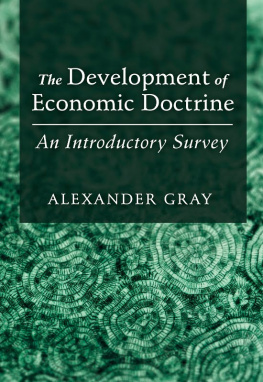


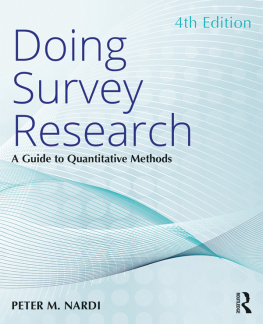
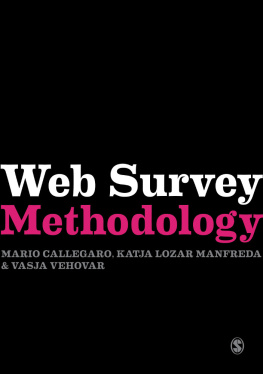
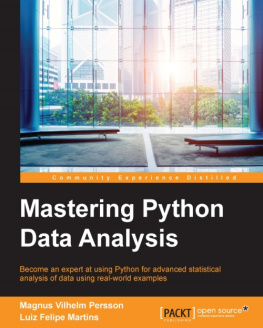
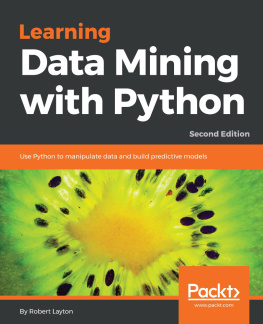
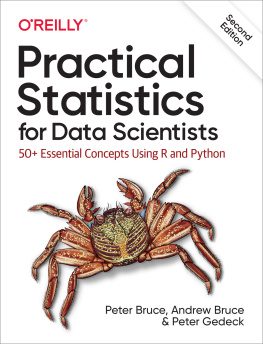
![Frank Kane [Frank Kane] - Hands-On Data Science and Python Machine Learning](/uploads/posts/book/119615/thumbs/frank-kane-frank-kane-hands-on-data-science-and.jpg)
